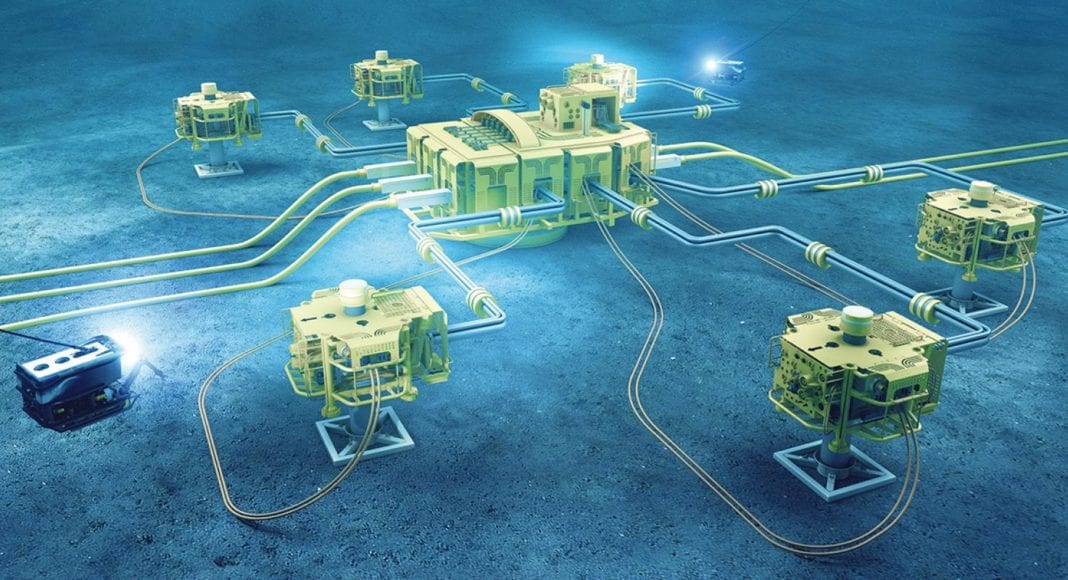A merger between Italian-based Saipem – one of ExxonMobil’s Prime Contractors for its offshore project in Guyana – and UK-based Subsea 7 would create a subsea giant in the oilfield services industry.
Commenting on unconfirmed reports that such a merger is under consideration, Audun Martinsen, head of oilfield service research at Rystad Energy, said, “Subsea 7 made an unsuccessful bid to merge with US rival McDermott last year. Now it could be looking at a tie-up with Italy’s Saipem, both of which have a strong standing within the so-called SURF segment – involving the construction and installation of subsea umbilicals, risers and flowlines.”
Martinsen added: “A deal would create a truly global oilfield service giant with over $12.4 billion in revenue. The combined entity would have the world’s largest fleet of subsea installation vessels and be the largest provider of SURF services, with a market share of close to 40%. In addition, Saipem has a diverse portfolio including large-diameter pipeline installation vessels, offshore drilling rigs, one of the world’s biggest crane vessels and numerous offshore fabrication yards.”
Such a merger would create the fourth-largest oilfield service company, after Schlumberger, Halliburton and Baker Hughes.
Rystad Energy, an independent energy research and consulting firm headquartered in Norway with offices across the globe, sees this move as a direct response to recent developments on several fronts in the OFS industry.
“We are seeing clear signs of consolidation, diversification and alliance formation in the sector. Oilfield service companies are looking to strengthen their market share in core markets but also develop new lines of business. Both Saipem and Subsea 7 have stated goals of de-carbonization in order to become greener energy service companies,” Martinsen remarked.
By combining with Saipem, Subsea 7 would also get exposure to onshore engineering and construction, where Saipem has a solid track record in the petrochemical and liquefied natural gas industries, thus reducing dependence on upstream oil and gas activities. Furthermore, Saipem has a legacy name in the Middle East and many contracts in this booming market. With this move, the merged entity could fight McDermott for the leading role in the oilfield services segment in the region.
A potential merger could also have ramifications for the ways in which OFS companies and exploration and production companies structure subsea contracts. If this merger comes to fruition, all top five SURF suppliers will have effectively entered into a major alliance covering subsea work.
“Rival contractor TechnipFMC is having great success with the integrated subsea model, which combines subsea production systems and subsea installation,” Martinsen said.
“The integrated contracts offering has pushed more risk over to the suppliers during the downturn and has been a success story for E&P companies thus far, but the tables may turn now that the subsea industry is facing a rising tide of new projects,” Martinsen pointed out.
Saipem has been awarded contracts for ExxonMobil’s Liza Phase 1 and 2 projects as well as a third development – Payara – offshore Guyana.



